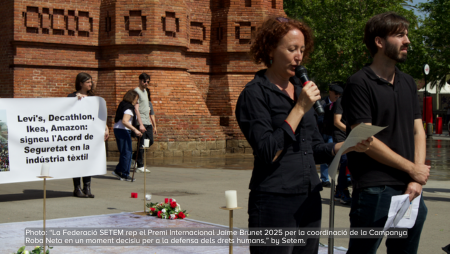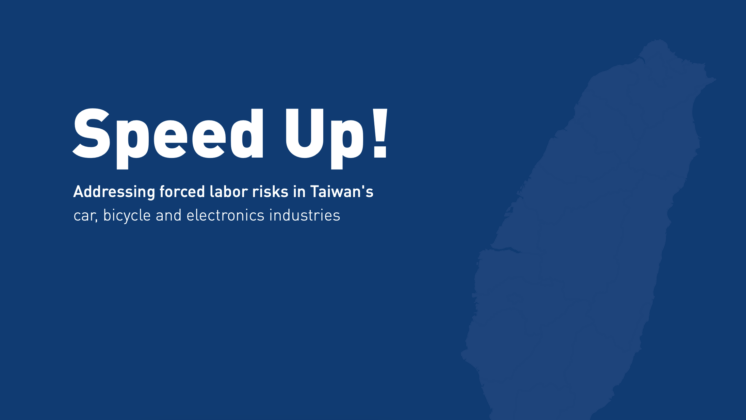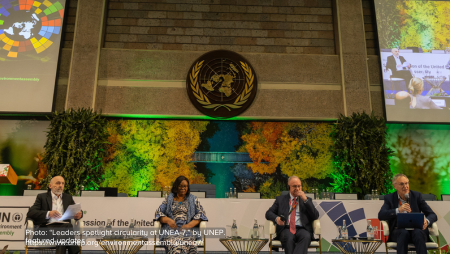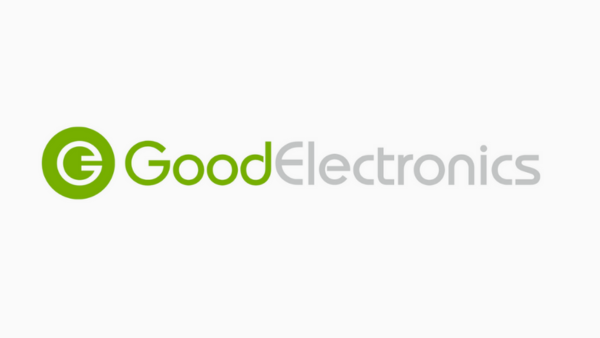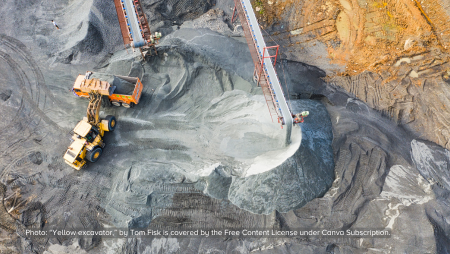The Goma-based Pole Institute has issued a new paper regarding the sourcing of conflict metals in the Democratic Republic of Congo. Pole describes how the international efforts to institute a regulatory system for the mining sector in eastern DRC are progressing at a very slow pace. The various initiatives involved are all maturing, but only very slowly cohering into a single policy which makes sense on the ground. This is why it’s important to analyse the impact of the initiatives as they stand. Well conceived and implemented they could contribute to peace building by showing that lucrative business opportunities need not fuel conflict. Badly conceived and implemented they could cause new tensions and conflicts.
The international efforts to institute a regulatory system for the mining sector in eastern DRC are progressing at a slow pace. The various initiatives involved are all maturing, but only very slowly cohering into a single policy which makes sense on the ground. After several years of multiple and partly contradictory efforts, however, 2013 could be a year in which the various initiatives start to be tested in reality and in which three years of chaos in Eastern Congolese mining begin to come to an end. When in 2010 the US Congress passed the Dodd‐Frank law on reforming Wall Street, including a section on „conflict minerals“, and shortly afterwards the DRC government „suspended“ legal mining in Eastern Congo, the sector was thrown into a crisis from which it has yet to recover. The implementation of existing tracability and transparency initiatives in Kivu, which had only just begun, was abruptly cut short. The government suspension was lifted in 2011, but without the safeguards in place which had been developed earlier by local stakeholders. Legal trade remained low and was thrown further into chaos by the renewed outbreak of war in North Kivu in 2012.
The Dodd‐Frank law has dominated international debate, and since the beginning of 2013, companies are obliged to comply with it; but the rules for implementation were only published recently, their precise meaning remains unclear in various respects and they are still subject to legal challenge. Compliance depends on a revival of traceability initiatives as developed by ITRI and others. These are being piloted mostly outside Kivu, and in the meantime, legal mining in Kivu remains all but in-existent.
Thus, a pattern is emerging in which Kivu's mining sector is being asphyxiated in the name of reform. Before 2010, Kivu's mineral traders had willingly participated in moves to strengthen formal and legal channels and to safeguard Kivu livelihoods by creating „conflict‐free“ production and trading chains within Eastern Congo. The mining ban killed this off, and today the focus has moved to Katanga and Maniema, increasingly apparently favouring a nexus of mining firms closely linked to the powerholders in Kinshasa. Because they do not finance armed groups, these firms are seen as „conflict‐free“, but no criteria exists to judge the wider political ramifications of their activities, their benefits for local development and the possible exacerbation of local conflict caused by favouring certain firms in collusion with international partners to the detriment of others. Especially worrying is the fact that these firms themselves finance the schemes which are supposed to validate their activities as „conflict free“.
In a previous paper, it was argued that the „conflict minerals“ debate suffered from a series of false assumptions – namely, that conflict in Kivu was primarily about minerals, and also, that the central government of the DRC was a stabilising force and that strengthening it would reduce conflict. Experiences with security sector reform in the DRC have disproved the latter assumption, but in mineral policy it still holds sway.
However, current developments give rise to questions. If the internationally accepted consensus that the trade in coltan and cassiterite in the DRC favours conflict is correct, there is no reason to assume that this cannot hold outside Kivu. Favouring certain actors in the mineral trade in Katanga and Maniema and excluding others such as those from Kivu should in this analysis be expected to give rise to new conflicts. The fact that in 2013 Katanga and Maniema are becoming increasingly violent, with rapidly rising internal displacement and the spread of militia from the Kivu provinces, makes this question pertinent.
At the same time, while Kivu's mining sector has plunged into crisis, more young people in the Kivu provinces than ever before are joining armed groups and illegal militias. The resulting conflicts, which have caused displacement in the DRC to reach levels not seen since the formal end of the Second Congolese war in 2003, are not primarily about mining, despite efforts by international lobbyists to narrow every conflict analysis in the Congo down to conflicts around natural resources. The M23 rebellion, the best known of the new armed groupsin the Kivus, does not control any mines, has not attempted to do so and does not conduct mineral exports through the areas it controls.
The rise of the M23, but also other groups such as Raia Mutomboki and the large array of new Mai Mai militias, coincides with the downturn in mining in the Kivus – which itself is an unintended, but logical consequence of the new policies on Congolese mining being driven by international concern about „conflict minerals“. Mining is not at the root of these new armed activities. It is the absence of mining that fuels conflict: by depriving the region of foreign earnings, by removing economic opportunities, by driving young people to seek a living through violence instead, by exacerbating competition between local stakeholders over ever scarcer revenues.
It should be recalled that warring parties, warlords, politicians and other powerholders in Eastern Congo are not interested in minerals as such. They are interested in money. If they can earn it with mining, fine; if not, they will earn it with something else, even if this means destroying the few livelihoods and institutions that exist. Removing mining from „conflict finance“ in Kivu and marketing non‐Kivu mining as „conflict free“ may sharpen conflict around the revenue sources that remain in Kivu while turning mining outside Kivu into a battleground for financial‐political interests. Without a fundamental reform of governance in the DRC, the result is unlikely to be positive.
This is why it’s important to analyse the impact of the initiatives as they stand. Well conceived and implemented they could contribute to peace building by showing that lucrative business opportunities need not fuel conflict. Badly conceived and implemented they could cause new tensions and conflicts. Pilot projects in „clean“ mining and „responsible“ sourcing can be models of efficiency and transparency ‐ or they can be kernels of new power struggles in areas hitherto at peace.
This paper does not attempt to give an exhaustive account of the principles, workings and effects of all the international initiatives. Most of them already publish detailed guidelines on their implementation and reports on their activities, and there are enormous quantities of NGO reports, independent studies and articles which have attempted to look further into the actual effects from various angles. What is missing in all these studies, however, is independent evaluation of the effects of all these projects beyond their own terms of reference. This paper aims to look at some of these wider effects starting from the state of play of the initiatives themselves. Case studies from various Kivu mining sites form the rest of this report.




